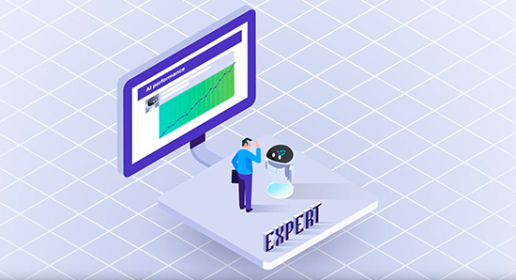A ChatGPT Revolution Boost for Open RAN
- Published
- 4 min reading
When the O-RAN Alliance standardized Open RAN some years ago, the concept was greeted with initial excitement. However, as the hope for broad adoption failed to materialize, many began to question its usefulness beyond the rather limited field of private 5G.
Could it simply have been that Open RAN was ahead of its time? That’s certainly possible – as there are signs that earlier skepticism is beginning to dissipate. One example of this is the recent announcement by AT&T that they intend up boost their Open RAN rollout in 2025, with the intention that 70% of wireless traffic will be transmitted via Open RAN infrastructure by late 2026.
What’s changed for Open RAN?
What’s behind this change of heart? The answer, at least in part, could be the ChatGPT revolution. That’s because a key component of O-RAN defined architecture is the RIC (RAN intelligent controller), and in particular the non-real time RIC (non-RT RIC). This concept basically assumes that RAN intelligence can be extended by r/xApp, for which RIC can be understood as the application platform. Although the concept of rApps (apps for non-RT RIC) based on AI/ML is not new, operators and other investors believe their usefulness could be extended to the field of autonomous networks that are run automatically based on intents (particularly those related to business).
That’s thanks to the advent of large language models (LLMs) – and that’s where ChatGPT comes in.
The transformational power of LLMs
One reason that LLMs and are considered a game changer is that they enable data (of which operators, especially mature ones have a great deal) to be turned into assets and used in AI/ML training. This includes data in the form of texts written in ordinary human language sometimes with informalities, for example historical trouble tickets. In short, it may be expected that rAPPs driven by such data can make RAN intelligent.
Next steps – and the road ahead
There’s still plenty of work ahead, though. For example, a DT PoC has concluded that emphasis must be placed on standardization of O-RAN, especially in the R1 interface area. Doing this would enable operators and others to develop rApps independently of RIC vendors (which are increasing in number), thus avoiding vendor lock-in. In this respect, operators will be seeking the broadest possible ecosystem for apps, which is where we should see growth in the coming years.
Open RAN and its RIC component are also expected to play an important role in network slicing and private 5G, which have so far failed to meet operators’ expectations as new revenue sources. In the year ahead – and beyond – we will see whether Open RAN powered by LLMs really does have the potential to become a game-changer in the drive for enhanced network monetization.













